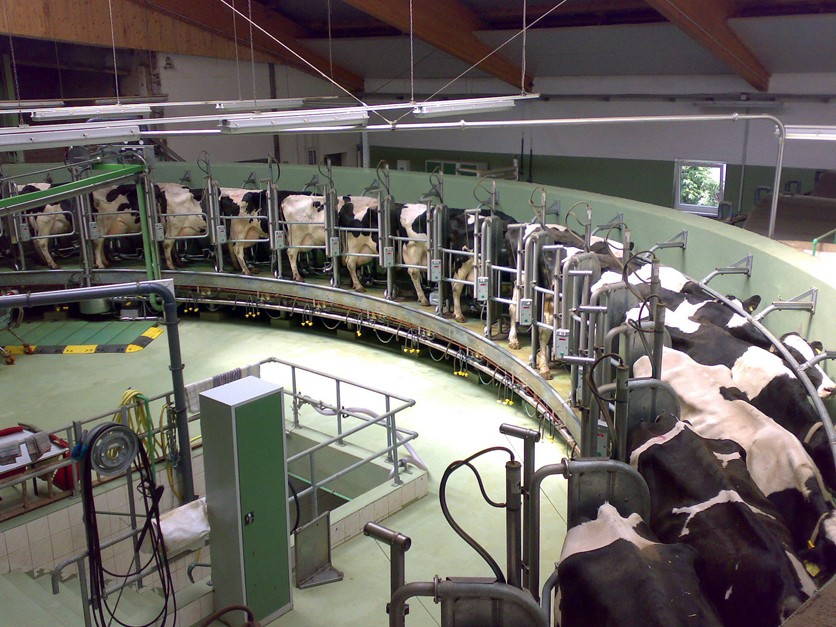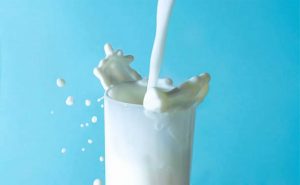The Milk Quotient is a metric that measures the receptiveness, acceptance and awareness of the Chinese public to dairy and dairy products, implying a potential corresponding rise in demand. It was conducted via surveys performed in 27 cities across the country.
The Quotient rose by two points from 60.7 to 62.7 in the 2020 report, which was a 20-times growth compared to its performance the previous year – In 2019, growth was a mere 0.1 points from 60.6 in 2018 (when it was first introduced) to 60.7 in 2019.
Experts believe this large leap was linked to another survey finding, that currently 96% of the Chinese population believes that dairy can confer immunity-boosting benefits, particularly via the protein lactoferrin.
“The main immune-boosting component here is lactoferrin, which is unique to dairy and plays an important role in proving the immune system – a view that the public is gradually accepting,” said CPAM Executive Director Chen Wei in a live broadcast statement.
“New parents were found to be strong believers in this, with 37% of this group acknowledging its benefits.
“During the COVID-19 pandemic, it is suggested that dairy be considered a dairy dietary necessity where the whole family can choose different types of products like milk, yoghurt or cheese depending on individual preferences.”
Over 40% of the population was found to have increased dairy consumption during the COVID-19 outbreak. Further demographic breakdown showed that over 41% of adults and over 50% of children both increased dairy consumption as well as diversified the types of dairy products take during this time.
The Chinese government has been very actively promoting dairy consumption and advising the public to increase daily intake. Official consumption guidelines published by major local dairy associations recommend a daily intake of 300g across different formats.
Even those with pre-existing conditions preventing traditional dairy consumption were advised to try to do so.
“Consumers with lactose intolerance can opt for lactose-free or low-lactose dairy products, and should avoid consuming these on an empty stomach,” said the guidelines.
“Try to consume milk and dairy products in small amounts and throughout multiple times – [this] can gradually allow the intestine to accept lactose in milk and dairy products and improve tolerance.”
Further rises can be expected moving forward especially for children, as CDIA Executive VP and Secretary General Liu Meiju pressed for more dairy education after highlighting findings that 22.6% of parents were not yet properly supplementing infant diets with dairy by one year of age, and 76.7% were facing problems with picky-eating or other issues when feeding children.
“The improvement of the Milk Quotient this year showcases the crucial role of popularising dairy science, [so we must] take the opportunity to carry out ‘food education’ alongside health education post-pandemic and help the public learn more about dairy,” she said.
Modernisation and localisation
Localising supply and market share has been a very prominent area of focus of China in the past few years – for example the country’s National Dairy Development Plan (2016 -2020) places an emphasis on increasing local brands’ share of the domestic dairy market by 80%, and its Ministry of Agriculture wants to increase local dairy production by some 50% by 2025.
Homegrown brands such as Yili and Mengniu have made major strides in capturing local market share in recent years, taking over 50% market share in UHT milk and yoghurt – but overall local dairy production still faces challenges when it comes to modernisation, according to analysis by PricewaterhouseCoopers (PwC).
“China’s raw milk production costs are higher than those of other countries with large modern dairy farming sectors,” said the consultancy firm via its recent report on The ongoing modernisation of China’s dairy industry.
“These higher prices are mainly due to higher prices of feed, [fodder and] increasing labour expenses. In 2018, raw milk in China cost 46% more than raw milk in New Zealand (its largest source of dairy imports) and 53% more than the global average.”
China is attempting to tackle these issues by modernising its dairy farming with a focus on mechanisation, automation and technology.













